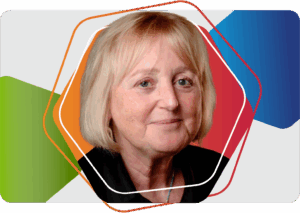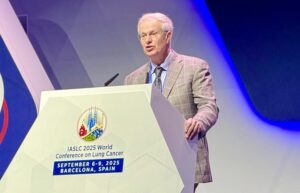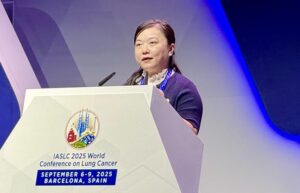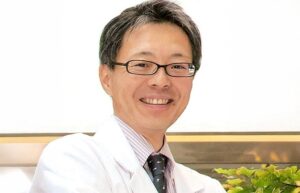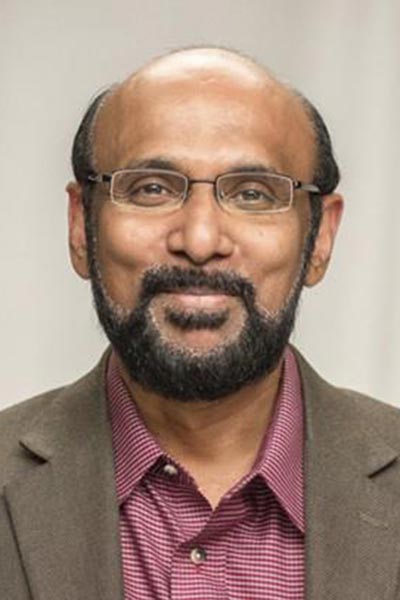
It is well known that smoking can cause lung cancer, but the benefit of quitting smoking after a lung cancer diagnosis are not as well know according to Magdalena Cedzynska, MS, director of the Maria Sklodowska-Curie National Research Institute of Oncology, Warsaw, Poland.
“That is one reason smoking cessation activities are not applied sufficiently in cancer centers and among cancer patients,” Ms. Cedzynska said.
During WCLC 2022, Ms. Cedzynska served as the co-chair of the educational session “What Lung Cancer Clinicians Need to Know about Tobacco.” The session featured five presentations designed to provide clinicians with up-to-date knowledge on selected aspects of smoking cessation.
Srikumar Chellappan, PhD, of H. Lee Moffitt Cancer Center and Research Institute, Tampa, Florida, opened the session with a presentation discussing the biological perturbations induced by tobacco smoke components.
“Nicotine and tobacco smoke components are known to induce and promote tumors,” Dr. Chellappan said.
He emphasized nicotine and not just tobacco because there are a lot of products now, such as nicotine patches or e-cigarettes, which can have a smaller but broadly similar effect to smoking.

Watch On-Demand: What Lung Cancer Clinicians Need to Know About Tobacco
In-person and virtual attendees can watch WCLC 2022 sessions on-demand through December 31, 2022. If you couldn’t make the meeting, it’s not too late to register and enjoy on-demand content through the end of the year.
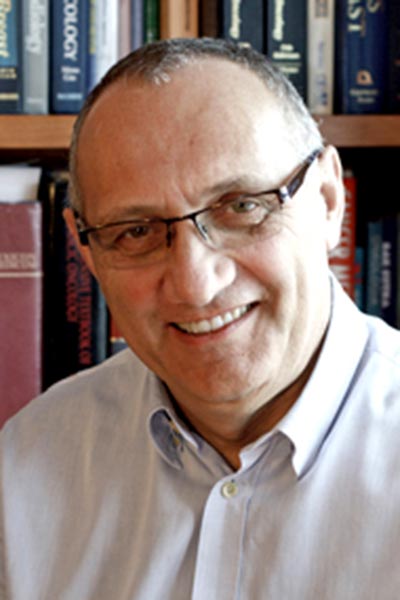
As part of his presentation Dr. Chellappan discussed how tobacco smoke can affect both radiotherapy and immunotherapy treatment. Studies in head and neck cancer have shown that patients who continue to smoke while undergoing radiation therapy regimens had markedly lower rates of response and had lower overall 5-year survival compared with non-smokers. Newer research examining immunotherapy shows that tobacco smoke components significantly reduce innate immunity by reducing natural killer cell activity and production of the cytokine interferon gamma (IFNγ), altering the ratio of T helper cells and regulatory T cells and impairing phagocytic functions.
“Smoking can suppress the efficacy of anti-cancer agents by affecting the basic biology of the cells as well as the overall physiology of the patient,” Dr. Chellappan said.
Next, Jacek Jassem, MD, PhD, of Medical University of Gdańsk, Poland, discussed how quitting smoking after a diagnosis of lung cancer can improve survival.
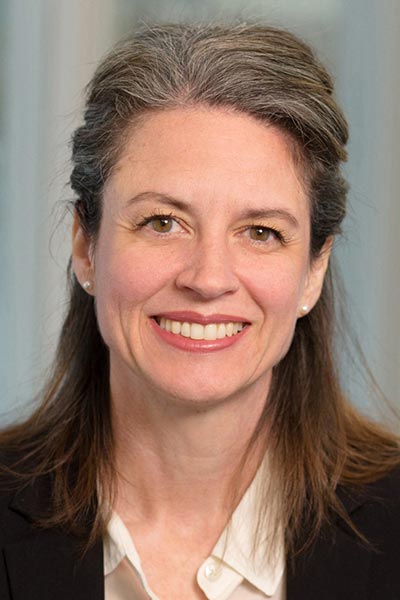
“Around 80% of patients with advanced lung cancer believe there is nothing to be gained from quitting,” Dr. Jassem said. “Less than 50% of lung cancer patients quit after diagnosis.”
There are several detrimental effects of smoking after lung cancer diagnosis including risk of second primary tumors, high rate of complications after surgery, and higher morbidity of radiotherapy.
Additionally, quitting smoking after a diagnosis of lung cancer represents an important opportunity to improve survival, Dr. Jassem said. Quitting may decrease the risk of cancer progression, reduce the risk of cardiac and respiratory death, and may reduce mortality due to a lower risk of second primary cancer.
“Patients who continue to smoke should be offered individualized pharmacologic and behavioral therapy to assist in the quitting process,” Jassem said.
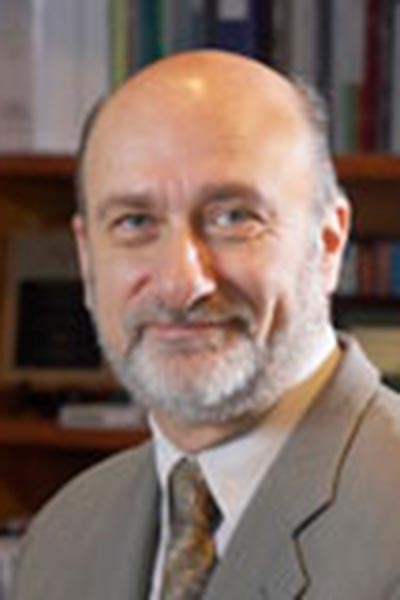
Joelle Fathi, DNP, of the GO2 Foundation for Lung Cancer and the University of Washington, Seattle, followed this presentation with advice for how best to talk with patients about tobacco use.
“Tertiary prevention of tobacco-related disease is focused on therapeutic treatment and is really focused one person at a time,” Dr. Fathi said. “Helping one person might not change the whole world but it could change the world for one person.”
Dr. Fathi recommended the use of the five As—ask, advise, assess, assist, and arrange—to facilitate cessation conversations. Of particular importance is giving the advice to quit and assisting in that process, as only about 57% of patients receive this advice and only 6.8% receive cessation counseling, she said.
Dr. Fathi gave pointers for how to talk more effectively to patients about quitting, starting with recognizing and addressing the social and economic conditions that lead to tobacco dependence.
It is also important that clinicians have a self-awareness about their positionality and implicit biases when it comes to smoking and tobacco use.

Williams K. Evans, MD, of Ontario Health, Toronto, Canada, discussed how best to implement these important smoking cessation programs within cancer centers by providing examples from Ontario. One important shift that needs to happen within cancer centers is a shift in thinking of smoking cessation as a prevention measure to one that is part of active treatment.
Dr. Evans his clinic has been working for more than a decade to successfully implement a cessation program. He reminded attendees to have patience and be persistent.
Cultures change slowly, he said.
Finally, Christian Finley, MD, of McMaster University, Hamilton, Ontario, Canada, closed the session with a presentation on the importance of smoking cessation as a component of high-quality thoracic surgery. He stressed that surgeons are the most effective at getting people to quit smoking.
Patients undergoing thoracic surgery are twice as likely to quit smoking and continue to abstain, Dr. Finley said. Although the benefits of abstinence increase in proportion to the length of cessation, cessation should be recommended regardless of timing prior to surgery.








